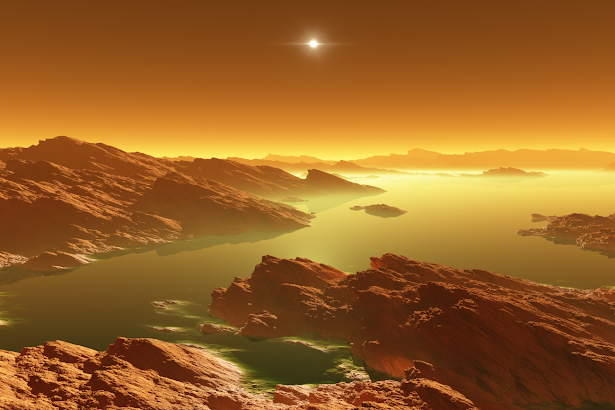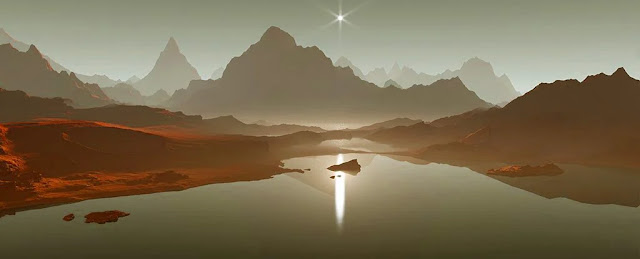Alien Planet Outside Our Solar System Is Sending Repeating Radio Signals Towards Earth, Scientists Say
.jpg)
In a major breakthrough for the search for extraterrestrial life, scientists have detected repeating radio signals from an Earth-like planet outside our solar system. The signals, which were detected by the Breakthrough Listen project, are coming from a planet called YZ Ceti, which is located about 130 light-years from Earth. The discovery of these signals is a major step forward in the search for alien life. It is the first time that scientists have detected repeating radio signals from an Earth-like planet. The signals are also very strong, which suggests that they could be coming from an intelligent civilization. The Breakthrough Listen Project The Breakthrough Listen project is a global effort to search for extraterrestrial life using radio telescopes. The project is funded by the Breakthrough Initiatives, a foundation established by Yuri Milner, Stephen Hawking, and Mark Zuckerberg. The Breakthrough Listen project has been using a variety of radio telescopes to search for extrater





.jpg)




.jpeg)


